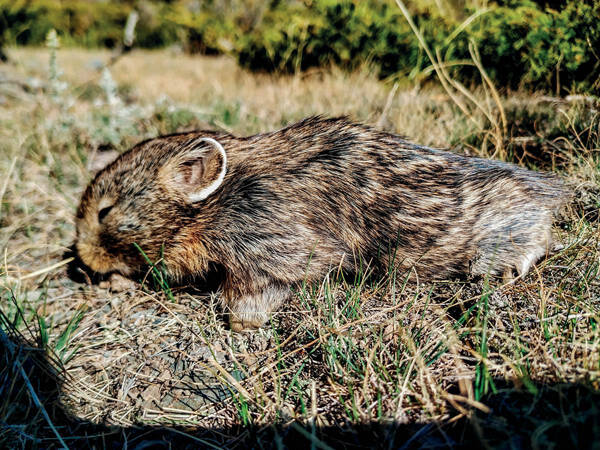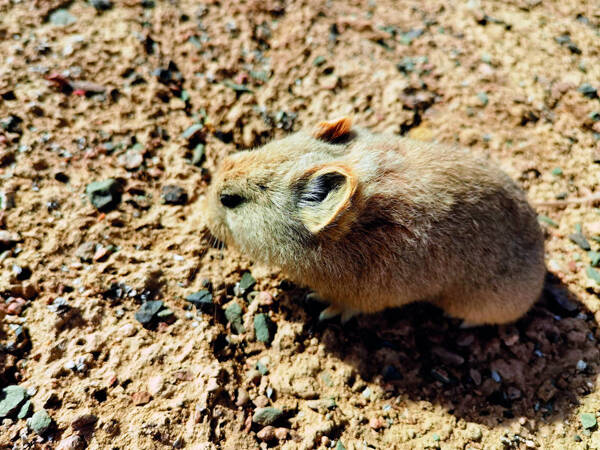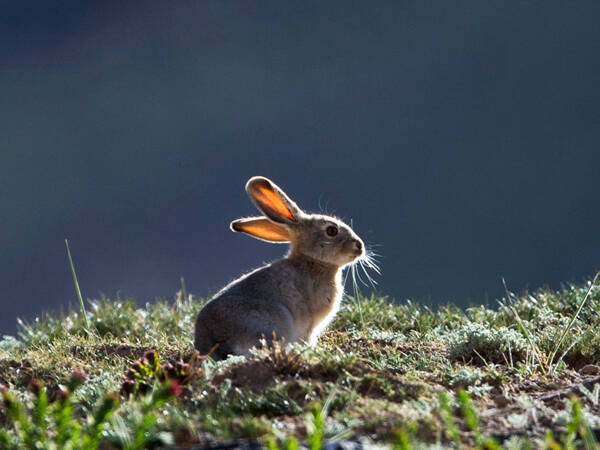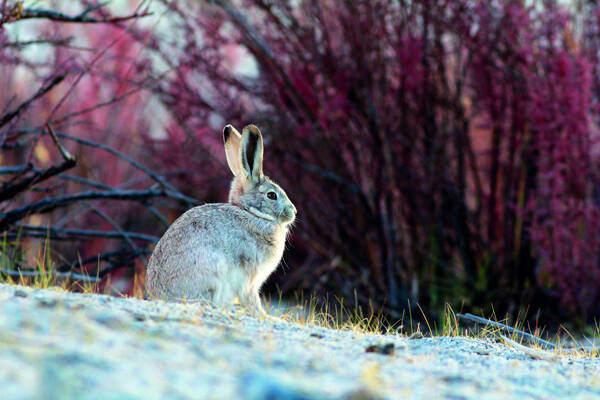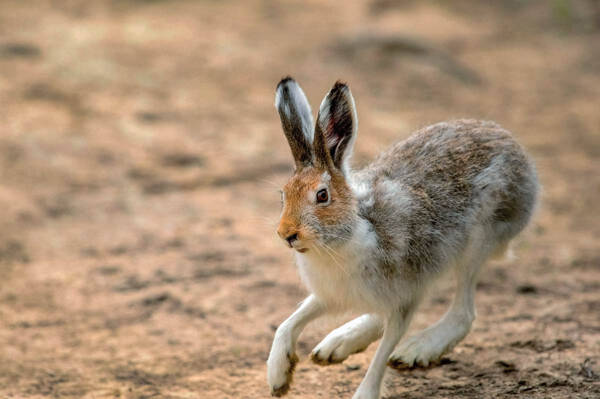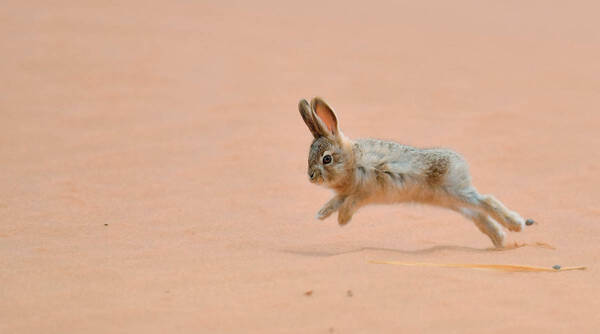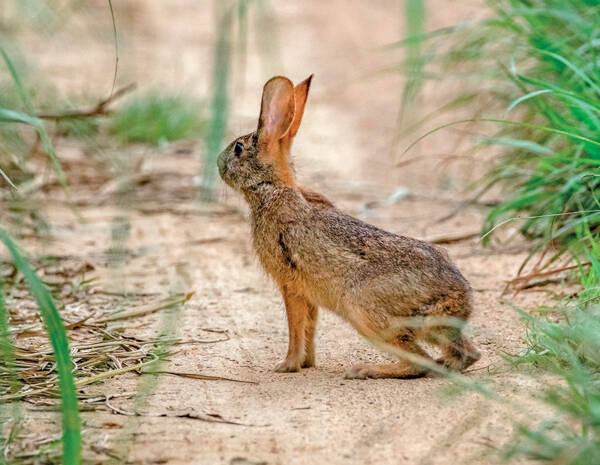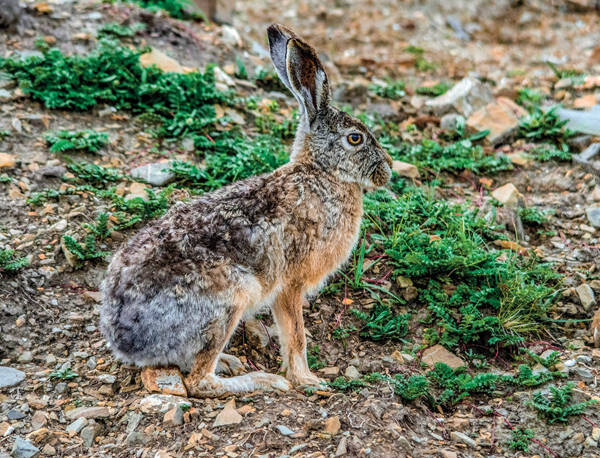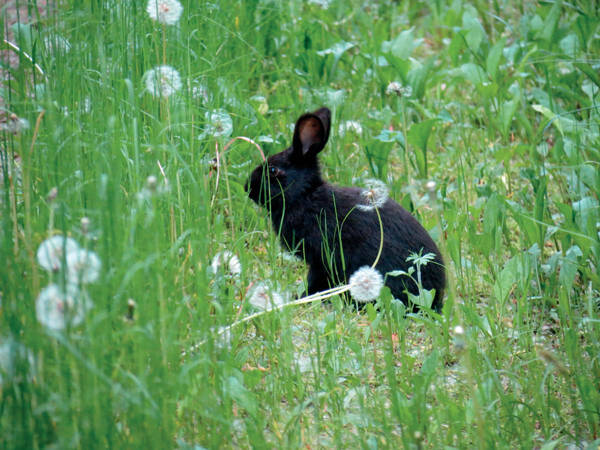Ochotona pusilla
IUCN
LCBasic Information
Scientific classification
- name:Ochotona pusilla
- Scientific Name:Ochotona pusilla
- Outline:Lagoiformes
- Family:Lagomorpha Ochotonidae Ochotona
Vital signs
- length:120-190mm
- Weight:178g
- lifetime:
Feature
The ear has a wide and very obvious white edge; below the white edge there is a very narrow band of black hair, and further down is yellowish-brown hair.
Distribution and Habitat
It is distributed in the northwest of Xinjiang in China and in Kazakhstan and Russia abroad.
Appearance
The individual is medium. The adult body length is about 160mm. No tail. Coat is rough in summer. The hair on the back of the body is divided into three sections, the base is gray-black, the middle section is brown, and the tip is black. The overall color is mainly gray-black. However, some individuals have more prominent yellow-brown color in the middle section, and the color is mainly yellow-brown. Decorated with black. The color boundary between the back and abdomen is obvious, the abdominal hair is yellow-white, and the chest has a significant yellow tone. The fur on the back of the sub-adult is gray-black, and the fur on the abdomen is also darker. One of the most striking features is that the ears have a wide and very obvious white edge; there is a narrow strip of black hair below the white edge, and then there are yellow-brown hairs. Both the front and rear feet are covered with thick hair, almost covering the claws. There is no foramen ovale in the skull, and the incisor and pa
Details
The steppe pika belongs to the subgenus <Pika>. This species has always been considered not to be distributed in my country. In September 2008, the Xinjiang Uygur Autonomous Region Locust and Rat Control Headquarters collected specimens for the first time in Karamay in northwestern Xinjiang; the Sichuan Academy of Forestry Sciences also collected specimens in 2017 and 2018, and confirmed its taxonomic status through molecular analysis. In Xinjiang, my country, its distribution area is also very limited, and the only confirmed distribution area is the Tacheng area. According to records (Hoffmann, 2009), although it is called the steppe pika, it is mainly distributed in semi-desert shrub areas and almost does not live in grasslands and deserts. It was widely distributed in the Pleistocene, including the British Isles, France, Bulgaria, Poland and Romania. It gradually shrank and formed the current distribution pattern in the mid-18th century.
